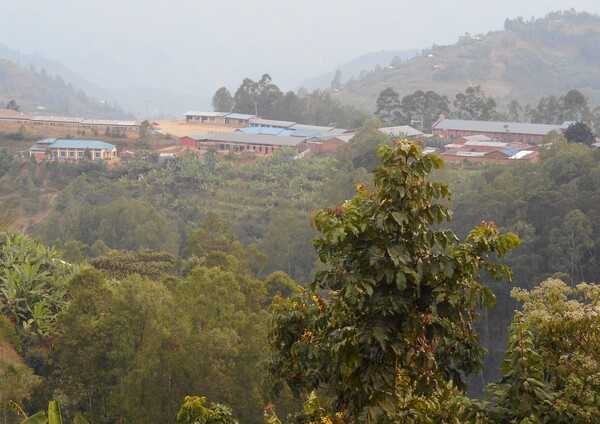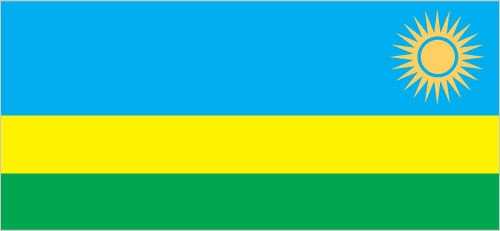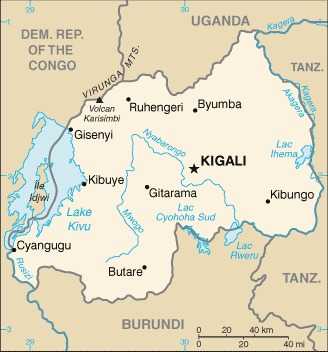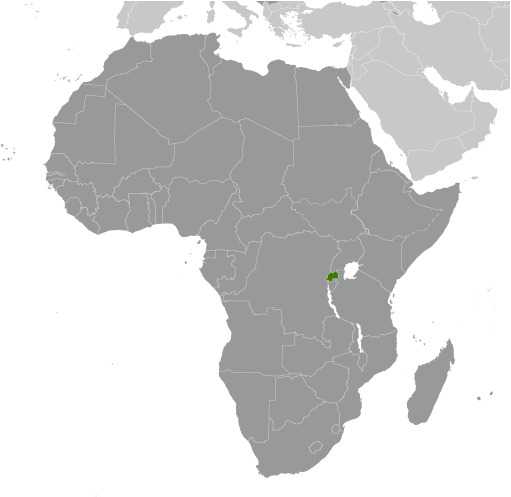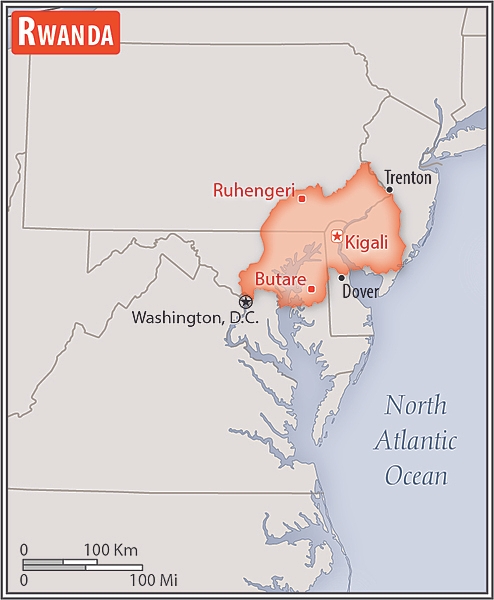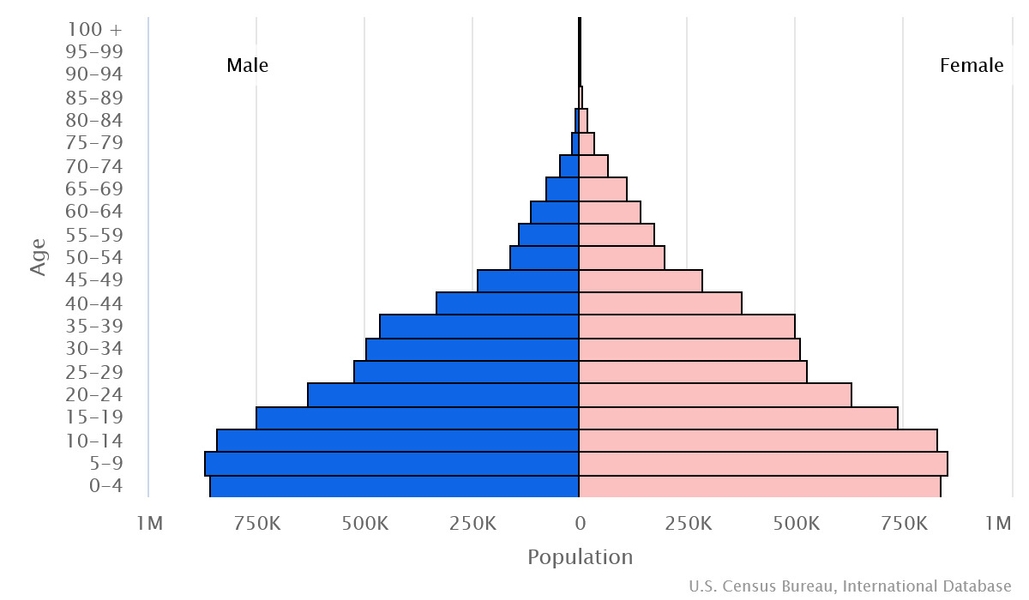Introduction
Visit the Definitions and Notes page to view a description of each topic.
Geography
People and Society
Population
comparison rankings: female 76; male 78; total 76
Median age
comparison ranking: total 198
Population growth rate
comparison ranking: 58
Birth rate
comparison ranking: 46
Death rate
comparison ranking: 169
Net migration rate
comparison ranking: 182
Maternal mortality ratio
comparison ranking: 37
Infant mortality rate
comparison ranking: total 60
Life expectancy at birth
comparison ranking: total population 200
Total fertility rate
comparison ranking: 46
Obesity - adult prevalence rate
comparison ranking: 172
Alcohol consumption per capita
comparison ranking: total 65
Tobacco use
comparison ranking: total 112
Children under the age of 5 years underweight
comparison ranking: 61
Education expenditures
comparison ranking: 127
Environment
Revenue from forest resources
comparison ranking: 20
Revenue from coal
comparison ranking: 168
Government
Economy
Real GDP (purchasing power parity)
comparison ranking: 135
Real GDP growth rate
comparison ranking: 11
Real GDP per capita
comparison ranking: 194
Inflation rate (consumer prices)
comparison ranking: 197
GDP - composition, by sector of origin
comparison rankings: services 173; industry 126; agriculture 15
Industrial production growth rate
comparison ranking: 15
Labor force
comparison ranking: 83
Unemployment rate
comparison ranking: 189
Youth unemployment rate (ages 15-24)
comparison ranking: total 55
Gini Index coefficient - distribution of family income
comparison ranking: 27
Public debt
comparison ranking: 130
Taxes and other revenues
comparison ranking: 137
Current account balance
comparison ranking: 152
Reserves of foreign exchange and gold
comparison ranking: 130
Debt - external
comparison ranking: 56
Energy
Electricity
comparison rankings: transmission/distribution losses 55; imports 119; exports 97; consumption 162; installed generating capacity 169
Carbon dioxide emissions
comparison ranking: total emissions 164
Energy consumption per capita
comparison ranking: 188
Communications
Telephones - fixed lines
comparison ranking: total subscriptions 189
Telephones - mobile cellular
comparison ranking: total subscriptions 91
Internet users
comparison ranking: total 113
Broadband - fixed subscriptions
comparison ranking: total 171
Transportation
Military and Security
Military expenditures
comparison ranking: 97
